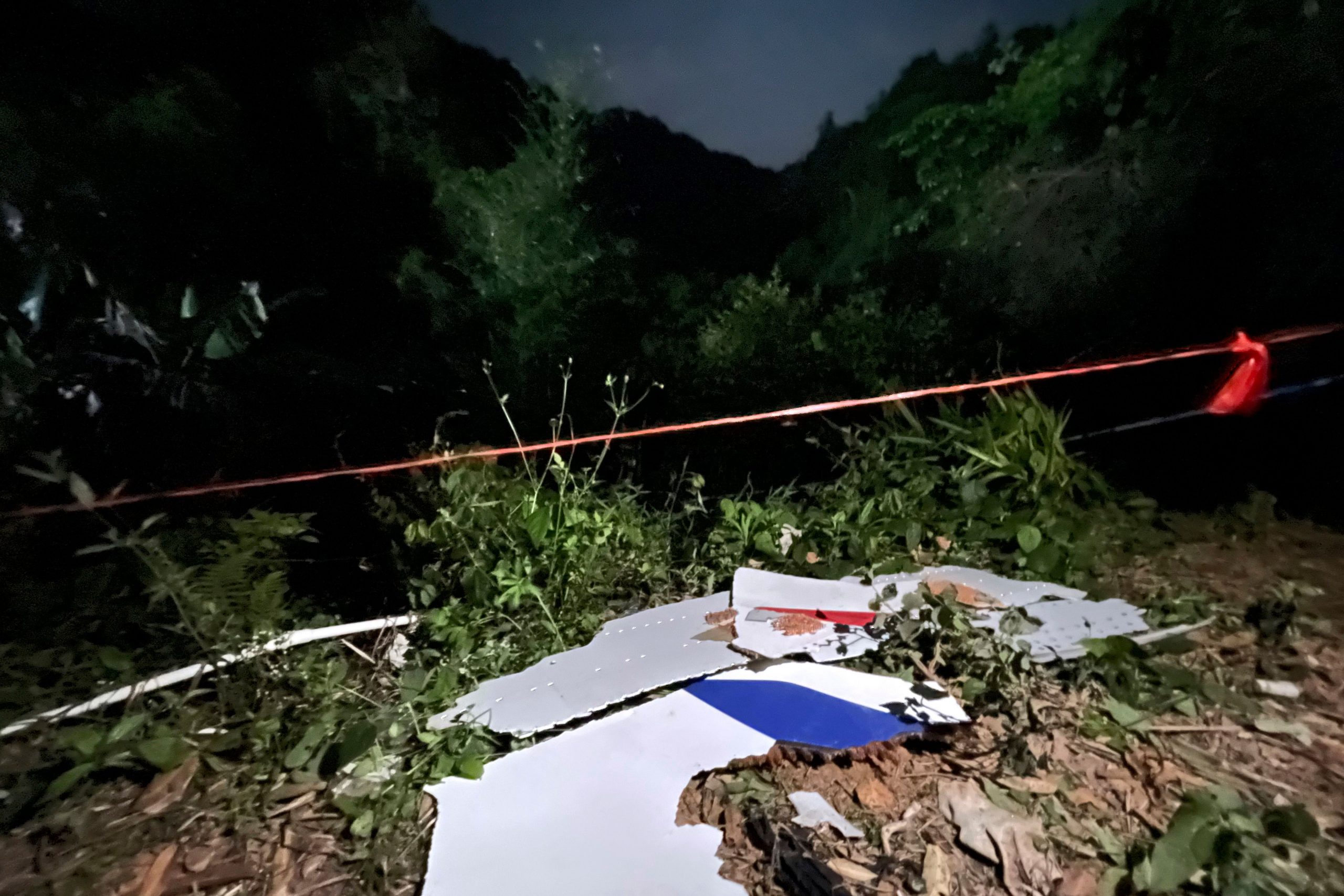A flight-track data revealed that the China Eastern Airlines Corp. jet that crashed Monday was travelling at close to the speed of sound in the moments before it slammed into a hillside.
Such an impact may complicate the task for investigators because it can obliterate evidence and, in rare cases, damage a plane’s data and voice recorders that are designed to withstand most crashes.
Also read: China plane crash: Wallets, IDs but no survivours found
According to Flightradar24, a website that tracks planes, the Boeing Co. 737-800 was knifing through the air at more than 640 miles (966 kilometres) per hour, and at times may have exceeded 700 mph.
“The preliminary data indicate it was near the speed of sound,” said John Hansman, a Massachusetts Institute of Technology astronautics and aeronautics professor who reviewed Bloomberg’s calculation of the jet’s speed. “It was coming down steep.”
Also read: China plane crash: US names senior investigator as probe representative
Sound travels at 761 mph at sea level but slows with altitude as air temperature goes down and is about 663 mph at 35,000 feet (10,668 metres).
Flight 5735 was flying to Guangzhou from Kunming with as many as 132 people on board at an altitude of about 29,000 feet when it began a sudden descent. The jetliner was cruising at about 595 mph before the dive.
Also read: China plane crash: No survivors found in debris, state media says
The speed data is consistent with videos appearing to show the jet diving at a steep angle in the moments before impact and indicates that it likely hit the ground with huge force.
“It was an exceedingly high-energy crash,” said Bob Mann, president of RW Mann & Co. consultancy, who did not participate in the speed analysis. “It looks like it literally evaporated into a crater. Do the flight data recorder or cockpit voice recorder or quick access recorder — do any survive? I just don’t know the answer.”
Also read: China plane crash: A look at recent air accidents involving Boeing 737s
Black-box recorders, which store the flight data, have a good record of survival in high-velocity crashes.
The circuit boards storing the data often break loose from the recorder’s protective exterior. But data can usually be extracted even if they’re damaged, he said.







